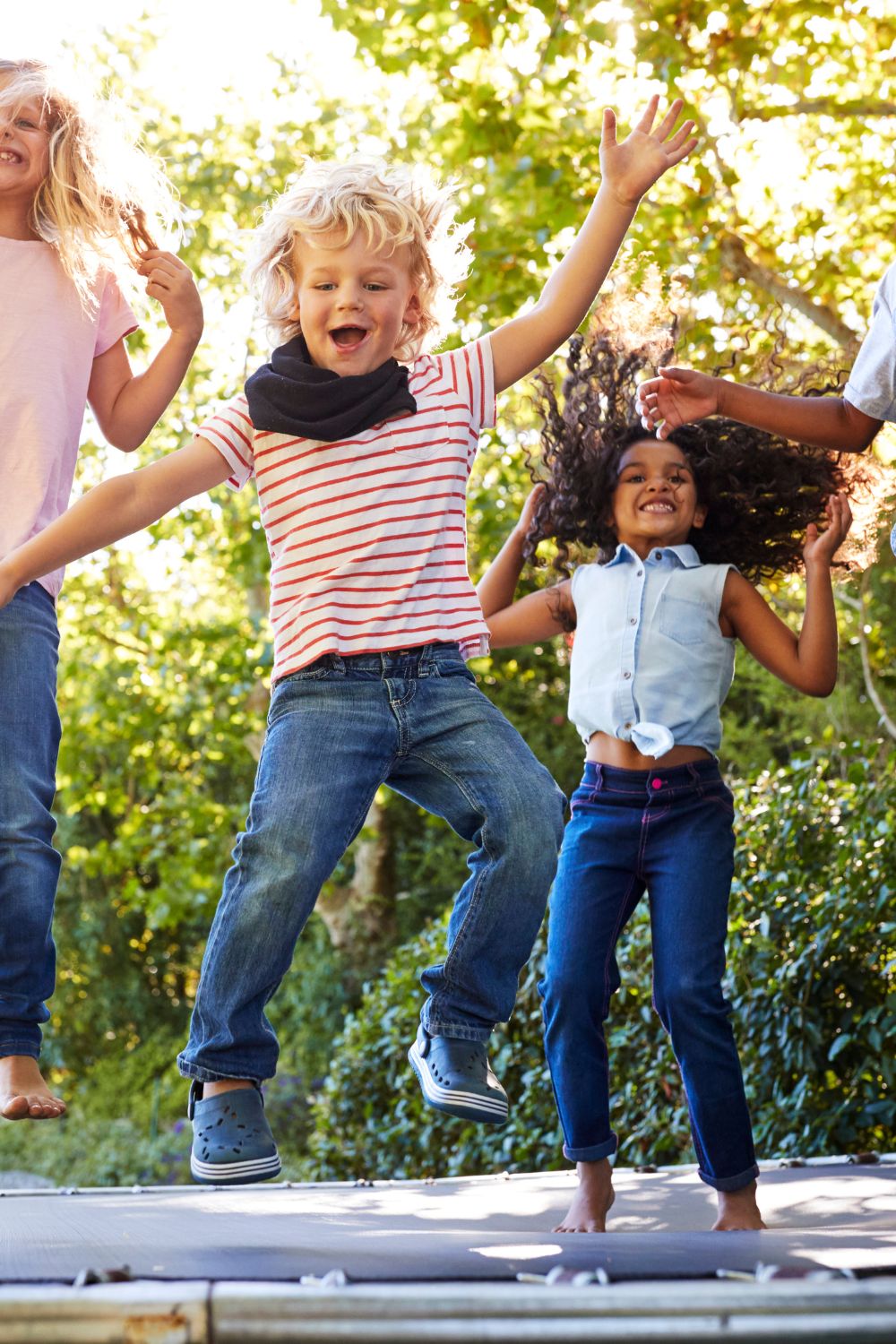Are you looking to buy your child a trampoline? Indoor vs. Outdoor Trampolines Top Tips for Choosing the Right One for You

Indoor vs. Outdoor Trampolines: Top Tips for Choosing the Right One for You
Trampolines, captivating all ages for decades, provide exhilarating fun and promote physical activity. Whether you’re a fitness enthusiast, a parent looking to keep the kids entertained, or someone seeking a unique exercise routine, trampolines can provide hours of enjoyment. However, the age-old debate remains: Should you go for an indoor or an outdoor trampoline? Both options have their merits, and choosing the right type largely depends on your preferences, available space, and intended usage. This article explores distinctions among trampolines for kids in various settings, aiding your informed choice to match your requirements.
Location Considerations
Indoor Convenience vs. Outdoor Freedom
Trampolines designed for indoor use are tailored to fit within the confines of your home, making them an ideal choice if you want to enjoy bouncing without worrying about weather conditions. These trampolines are typically smaller in size, which suits limited spaces like basements, spare rooms, or even dedicated workout areas. On the other hand, trampolines meant for outdoor use are ideally suited for larger yards or open spaces. They offer the advantage of fresh air and a wide open sky, enhancing the overall experience. However, they are exposed to the elements, requiring extra maintenance to withstand weather conditions such as rain, wind, and sunlight.
Other Things to Consider When Choosing a Trampoline
Safety Precautions
Trampolines designed for indoor use are generally considered safer in terms of environmental factors. Since they’re located indoors, there’s a lower chance of weather-related accidents, such as slipping on wet surfaces. Additionally, they are shielded from strong winds that might affect balance and control. However, it’s essential to ensure sufficient space around the trampoline to prevent collisions with walls or furniture. When it comes to trampolines meant for outdoor use, safety is paramount due to their exposure to various weather conditions. Consider investing in safety enclosures, padding, and anchors to secure the trampoline and reduce the risk of accidents.
Size and Bounce Performance
Trampolines designed for indoor use are often tailored for limited spaces, resulting in smaller diameters. This can affect the bounce performance, as the smaller surface area may result in slightly less impressive jumps. However, they are still great for low-impact workouts and practicing basic jumps and tricks.
Trampolines designed for outdoor use usually come in larger sizes, offering a more expansive jumping surface and better bounce performance. This makes them perfect for those interested in advanced tricks, flips, and dynamic jumps. The larger size also allows multiple jumpers to enjoy the trampoline simultaneously, making it an excellent choice for social gatherings or family playtime.
Maintenance and Longevity
Trampolines designed for indoor use generally require less maintenance since they are shielded from the elements. You won’t have to worry about weather-related damage or rust. However, regular cleaning and checking for wear on the springs and mat are still essential to ensure safe usage.
On the other hand, trampolines designed for outdoor use need more attention when it comes to maintenance. The constant exposure to sunlight, rain, and wind can lead to quicker wear and tear. Rust can also become an issue if proper care isn’t taken. Regularly inspect and clean the trampoline, and consider investing in weather-resistant materials to prolong its lifespan.
Aesthetic Appeal
Indoor trampolines, due to their placement within your home, can be seamlessly integrated into your existing interior design. They can become a unique centerpiece or a fitness corner, contributing to the overall aesthetics of your home. On the other hand, outdoor trampolines can add a touch of playfulness to your outdoor landscape. They become a focal point for outdoor activities and can blend with the natural surroundings, creating an inviting atmosphere.
Durability and Warranty
The durability of indoor trampolines is often enhanced by their sheltered environment. They are less exposed to harsh weather conditions, resulting in potentially longer lifespans. Check for warranties to ensure coverage against manufacturing defects. Outdoor trampolines, while offering greater bounce performance, may require more frequent replacements due to outdoor exposure. Opt for models with strong warranties for added peace of mind.
Installation and Setup
Indoor trampolines are generally easier to install as they don’t require extensive anchoring or weatherproofing. They can be set up quickly and without specialized tools. On the other hand, outdoor trampolines might involve more complex assembly, including securing the trampoline against wind and weather. Consider your comfort level with installation processes when making your choice.
Choosing trampolines for kids based on indoor vs. outdoor use depends on your individual preferences, available space, and how you plan to use it. Each option comes with its own set of advantages and considerations, from convenience and safety to bounce performance and maintenance requirements.

Leave A Reply!